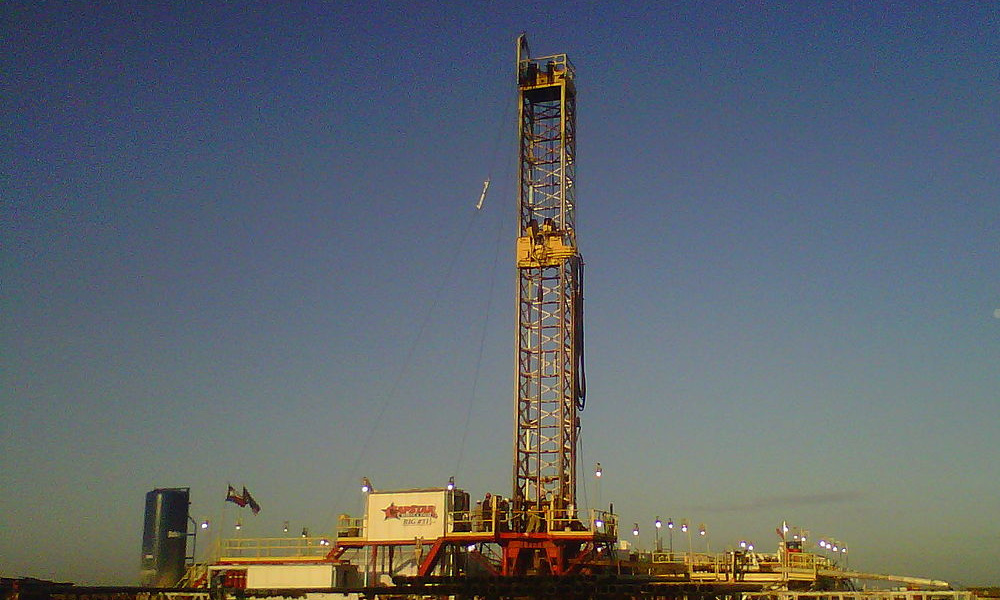
In recent months, pipeline capacity shortage in the Permian has been the center of shale drillers and oil analysts’ attention as much as the surging production from this fastest-growing U.S. oil region that has helped total American crude oil production to exceed 11 million bpd for the first time ever.
Many of the big U.S. companies – including supermajors Exxon and Chevron – boosted their Permian oil production in the third quarter as they have firm capacity commitments and integrate Permian production with downstream operations.
Many smaller drillers, however, are going on a ‘frac holiday’—as Carrizo Oil & Gas said in its Q3 earnings release this week—in some of their Permian acreage by the end of this year, to sit out the worst of the pipeline constraints, and to be ready to return to completions next year.
The majority of company executives and industry analysts expect that the Permian bottlenecks and the wide WTI Midland to Cushing price differential are transitory issues that will go away by the end of 2019, when many of the new pipelines out of the Permian will have started operations.
Until then, some smaller drillers like Carrizo are on a ‘frac holiday’ this month and next. Commenting on the Q3 performance, Carrizo’s President and CEO S.P. “Chip†Johnson said that the company had been drilling more in the Eagle Ford than in the Permian in order to capture higher pricing from the Eagle Ford oil.
“We expect our activity to remain weighted to the Eagle Ford Shale until the second half of 2019, when we plan to begin moving rigs back to the Delaware Basin,â€Â Johnson said. In the earnings call, he noted that the shift to the Eagle Ford “shielded us from the dramatic widening of differentials in the Permian Basin during the quarter.â€
The Permian oil differentials are less of an issue for the bigger companies. Pioneer Natural Resources increased Q3 Permian production by 5 percent over Q2, benefiting from firm transportation contracts that helped it deliver 165,000 bpd of Permian oil to the Gulf Coast. Pioneer is also boosting firm transportation capacity to the Gulf Coast to 185,000 bpd this month. “Effective September 2018, Pioneer has no exposure to Midland oil pricing through 2020,†the company said this week.
Diamondback Energy has doubled its volume commitment to 100,000 bpd to the Gray Oak Pipeline expected to be in service by the end of 2019. Diamondback now has a total of 200,000 bpd volume commitment to new pipelines, including Gray Oak and EPIC Crude Oil Pipeline, it said in the Q3 earnings statement.
Most oil and gas firms expect the bottlenecks to have eased by the end of next year, according to the Third Quarter 2018 Dallas Fed Energy Survey. More than half, or 56 percent, of the 168 oil and gas executives surveyed in September 12–20 expect that new crude oil pipeline capacity will be enough to ease the current constraints by the end of next year. The other 44 percent see new capacity sufficient to ease the bottlenecks in 2020 or later. The most frequent response—selected by 27 percent of executives—was the fourth quarter of 2019, the second most frequent response was Q3 2019 and the third most frequent was Q1 2020.
A total of 70 percent of executives surveyed expect the oil price differentials between WTI Midland and Cushing to have a slightly negative impact on oil production growth in the Permian over the next six months. That’s compared to 17 percent who see significantly negative impacts, and 12 percent expect no impact.
Jeff Miller, CEO at Halliburton, the leading fracking services provider in the United States, said last month that the current softening of demand in North America – a combination of off take capacity constraints and customers’ budget exhaustion – is a temporary issue. Permian constraints will be overcome by the end next year, Miller told Bloomberg TV earlier this week.
Shale pioneer Mark Papa, currently chairman and CEO at Delaware Basin-focused Centennial Resource Development, also sees pipeline constraints overcome by the end of 2019, but warned that constraints in the longer term could be coming with shortage of workers.
“Some of the other issues like personnel and water handling issues are some of the more long term issues,â€Â Papa has recently told Bloomberg.
Check out our other current stories!


